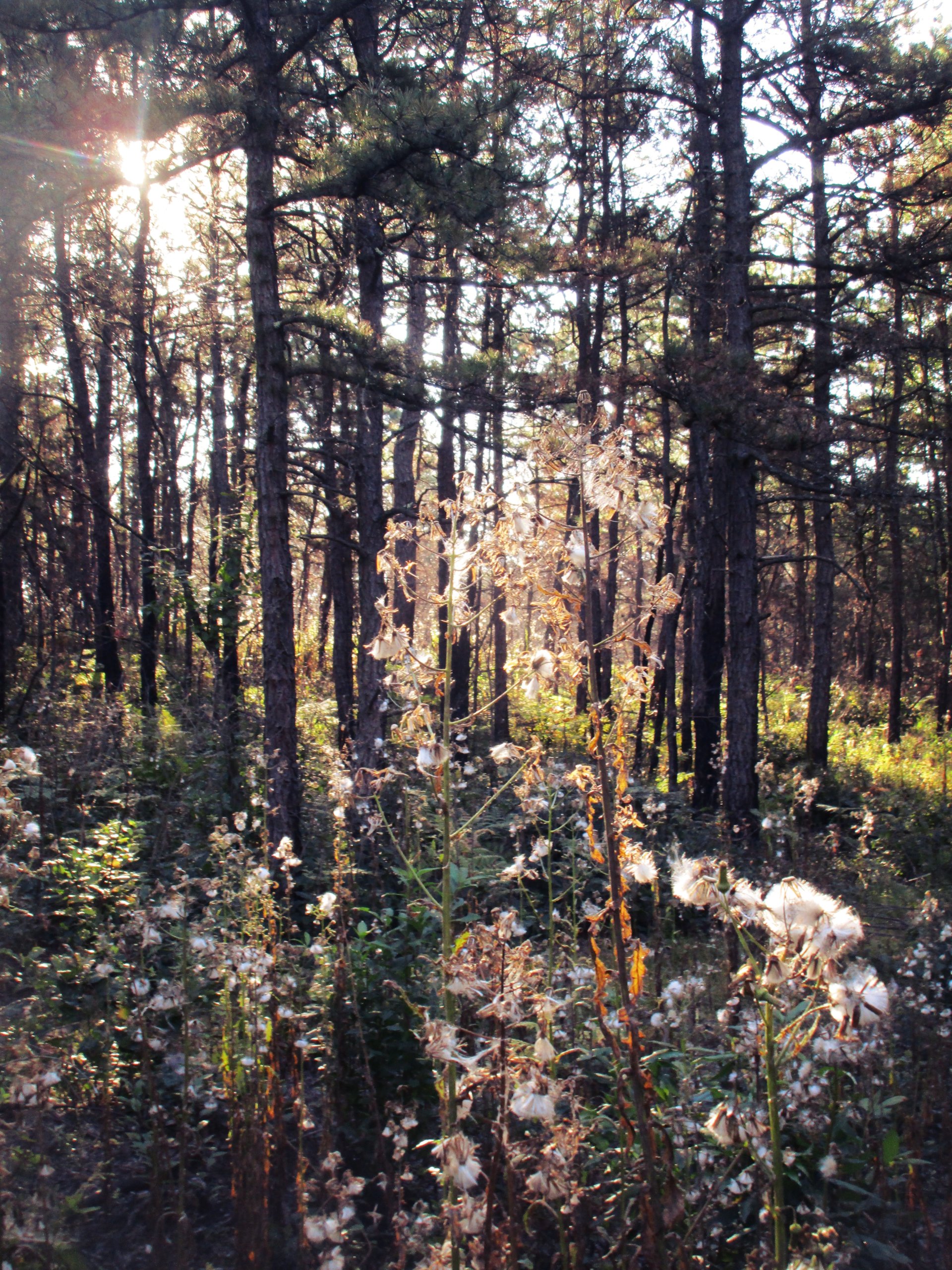by Tim Truscott
As most people in the Capital Region know, Albany became a hub for crude oil shipments by rail when the Bakken crude oil began flowing from North Dakota. It was perhaps the third largest Bakken crude oil hub in North America and was dubbed by some as “Houston on the Hudson”. But rail shipments of Bakken crude seem to have fallen off in recent months, as East Coast refiners are now not taking in as much Bakken crude. Shipments by CSX and CP Rail into Albany have decreased, but the size of the drop is unknown at this time.
According to an August 20 article from the Wall Street Journal, the Irving Refinery at St. John, New Brunswick, is apparently no longer taking Bakken crude (they are importing their light crude from Saudi Arabia now). Irving was the destination of the oil from Buckeye Partners in the Port of Albany. It’s unclear where Buckeye is sending their oil now (probably somewhere in New Jersey), but the volume has been reduced and it must be going now by barge and not the 9 million gallon tanker ship that was going from Albany to St. John.
Quoting from the article: “Refiners on North America’s east coast can now import crude shipped by sea for less than the cost of shipping it by rail from shale oil producers in North Dakota and elsewhere in the U.S.”
The article also says that refiners PBF Energy (with two refineries located in Delaware and New Jersey) and Phillips 66 (located in New Jersey) both increased overseas procurements in the second quarter of 2015.
So it looks like we may be getting a slight reprieve from the oil trains. What the long-term situation will be remains to be seen.
While less crude oil being shipped by rail is good news, the bad news is that there are thousands of rail tank cars which are being unused and need locations for storage. While thousands of these cars are being stored in rail sidings in other parts of the country, many are being stored right here in New York State. Hundreds of tank cars have been stored on the Western New York & Pennsylvania Railroad near Franklinville in Cattaraugus County (western New York). One hundred of these cars are brand-spanking new and never been used, manufactured in Mexico for PBF Energy but never put into service.
One proposal is to store a large number of these cars on the rail line between North Creek and Tahawus, New York. This is a private industrial line which served the NL Industries titanium mine at Tahawus until about 1988. There is grave concern over this proposal, with several environmental groups actively opposing it.
While the tank cars will have presumably been drained of oil, there will still be a quantity of oil residue remaining in them. The residue from a 30,000-gallon tank car could be a fairly large quantity – 50, 100, 150 gallons?). Who knows? But if any of the tank cars leak, they could create a mess in the Adirondacks. And, since the cars will be in a very remote area without anyone keeping a constant watchful eye on them, they could leak for days or months without anyone knowing about it and being able to do anything about it. And in a remote area with no highway access, what could be done about it, anyway?
And what is to prevent anyone from using the tank cars as shooting targets? In this regard they would be an attractive nuisance.
The other environmental problem that these stored tank cars present is their impact on large wildlife. Hundreds of tank cars coupled together will effectively create a fence many miles long which will prevent the normal movement of large wildlife such as deer and moose (there are moose in the Adirondacks, and we’d like to encourage them to stay).
I’m all for parking the surplus oil tank cars in North Dakota. After all, North Dakota has been the source of all our Bakken crude oil problems over the past few years. Let North Dakota be responsible for them.
The surplus of tank cars with nowhere to store them illustrates once again the poor planning – actually the absolute lack of planning – which has gone into the Bakken crude oil venture. Intelligent business people and government officials would have planned for the possibility of a surplus of tank cars and been prepared for it. We deserve better in New York State.
Published in September/October 2015 Save the Pine Bush Newsletter
